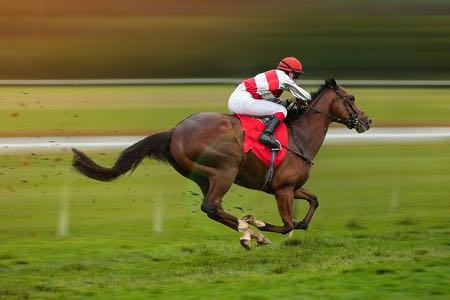 “I don’t really bet on the horses, but I’ll put a fiver on the National”. This is a statement likely made by thousands of people up and down the country as that year’s Grand National approaches. It is, famously, the race that people that don’t like horse racing tend to watch, with many betting the only bit of money that they will for 12 months on the ‘World’s Greatest Steeplechase’.
“I don’t really bet on the horses, but I’ll put a fiver on the National”. This is a statement likely made by thousands of people up and down the country as that year’s Grand National approaches. It is, famously, the race that people that don’t like horse racing tend to watch, with many betting the only bit of money that they will for 12 months on the ‘World’s Greatest Steeplechase’.
The race itself is considered to be one of the toughest that horses can run in, with challenging fences complimenting a long distance to make it a genuinely tough event. It’s not uncommon for horses to fall, meaning that you risk losing your bet before the race has even reached its climax. Even if you do, it remains one of the most exciting events in jump horse racing, which helps to explain its constant popularity.
How Does the Race Work?
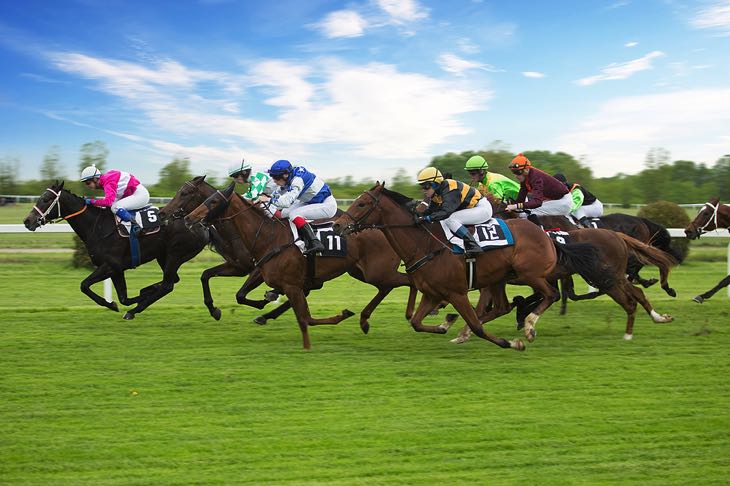
The Grand National is a handicap event, which in horse racing means that all of the participants carry some weight. The idea behind this is to make the event fairer, so theoretically, the best horse will be carrying the most weight, whilst the ‘worst’ horse is carrying the least. The amount of weight that each horse carries is decided by the handicapper, who will base their decision on a horse’s previous performances.
Handicap
The dream of the handicapper would be for all horses to cross the finish line at exactly the same time as each other, though that has never happened. The reality is that handicapping isn’t an exact science and those responsible have got it wrong in the past. Horses can often outperform their handicap, meaning that they deal with the weight that they’ve been asked to carry with relative ease and run the race well as a result.
Run over four miles and 514 yards, the race features 30 fences that the horses must jump during the course of running it. In actual fact, they jump 14 of these fences twice, with just two of them only being jumped once. We’ll look at this in a bit more detail later, but the main thing to know at this stage is that the fences add an unknown quality to the race that acts as something of a leveller for the participating horses.
Fences
Jumping fences is one of the most challenging thing that horses can do, so it’s a regular occurrence for them to fall during the Grand National. Sometimes it’s because they haven’t jumped the fence well, whilst other times it can because another horse hasn’t jumped it well or has unseated their rider and impedes them on their way. Regardless, the horses need to make it over the fences if they hope to win and not all manage it.
Going
Typically, the race lasts for between nine and 11 minutes, with the ground conditions often being the thing that dictates this. The heavier the Going is, the longer the race is likely to take before the leaders are racing towards the finish line. At the time of writing, the record amount of time the race has been run in is eight minutes and 47.8 seconds, which was achieved by Mr. Frisk in 1990. Lottery won the first National in 14 minutes and 53 seconds.
How to Pick a Horse
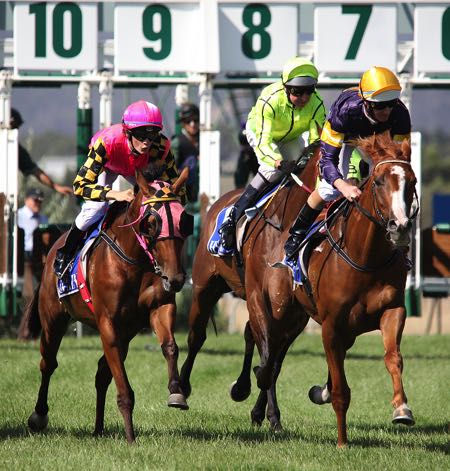
As with all horse racing events, picking the right one is the key decision that you’ll make. When it comes to the Grand National, however, the fact that it feels as though any horse could win it is part of the excitement. To date, two horses have won the race with odds of 100/1, so it just goes to show that it’s not always about picking the favourite. That’s not to say that research is no use, but it might not be as important as in other races.
In 1984, the decision was taken to limit the Grand National field to 40 horses. Though there have been occasions since when there were fewer than 40 participants, the use of ‘reserves’ has meant that the field has been full more often than not. That can lead to horses doing well when they haven’t been expected to, and it has also led to other horses struggling to cope with the sheer number of rivals that they’re up against.
Looking at Odds
Of course, the main thing that such a large field does is increases the amount of horses that you can choose from when it comes to picking what to bet on. It’s not uncommon for punters to pick a short-odds horse, a medium-odds horse and a horse with longer odds, but if you’ve only got a small stake to work with and you’re determined to stick to that then you might end up spreading your cash a little thin with that method.
Other Selection Processes
Different personality types choose different methods of picking their horse. Some people will spend ages looking at the likes of form and previous experience in the race, considering whether there are any other events that horses have done well in before enjoying success in the National. Others will simply look at the names and choose their favourite, or bet on the horse ridden by the jockey with the colours they like the most.
When it comes to the Grand National, none of these methods of picking a horse to bet on are necessarily better or worse than any of the others. The race can be something of a crap shoot, so it’s always worth exploring your own methods for picking the horse to bet on. It’s not exactly unheard of for someone to spend hours researching the form of the horses, only to see their partner win their bet instead of them because they liked the name.
Back the Favourite or Go For Longer Odds?
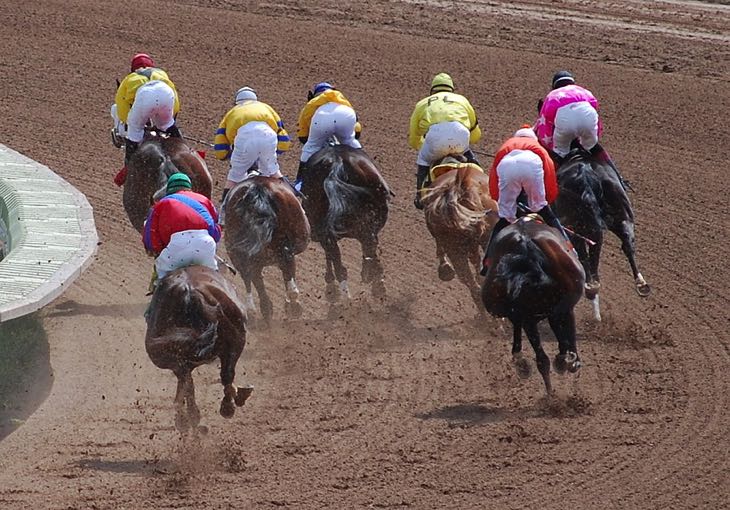
In the Grand National, the favourite isn’t always the horse that wins the race. In fact, the favourite can sometimes struggle and between 1984 and 2019 the favourite only won the race on six occasions. If that’s not an indication that picking the race favourite isn’t necessarily the best option then who knows what evidence you’ll need to see to persuade you. Given that one of the winning favourites was the once-in-a-generation Tiger Roll, it’s even more indicative.
Of course, picking a horse with longer odds might seem like a romantic idea, but that isn’t necessarily the smartest thing to do either. Many people look at wins for the likes of Auroras Encore in 2013, with a Starting Price of 66/1, and Mon Mome in 2009, winning when priced at 100/1, and think that putting all of their eggs in the long-odds basket is the sensible way to win loads of money, but it isn’t.
Here’s a look at the winning price of Grand National horses for the ten years between 2010 and 2019:
| Year | Winning Horse | Starting Price |
|---|---|---|
| 2010 | Don’t Push It | 10/1 |
| 2011 | Ballabriggs | 14/1 |
| 2012 | Neptune Collonges | 33/1 |
| 2013 | Auroras Encoure | 66/1 |
| 2014 | Pineau de Re | 25/1 |
| 2015 | Many Clouds | 25/1 |
| 2016 | Rule The World | 33/1 |
| 2017 | One For Arthur | 14/1 |
| 2018 | Tiger Roll | 10/1 |
| 2019 | Tiger Roll | 4/1 |
You can see how huge the spread is when it comes to the Starting Price of the winning horse, so it’s little wonder that many punters will often look to place a bet on a horse with middling odds. The weight put on the horses by the handicapper is designed to ‘level the playing field’, but can often lead to horses carrying more than their trainers think is fair. That’s what happened ahead of the 2021 renewal, when Tiger Roll’s owners withdrew him in the wake of the weight he was assigned to carry.
It does explain why middling horses often do well in the race, however. Stronger horses being asked to carry larger weights can see them drop back into the pack, meaning that decent horses that have maybe had a mediocre season can be asked to carry less weight and therefore have something of an advantage over the favourites. These are all the sorts of things that good punters will think about ahead of placing their stakes.
Placing Your Bet: Each Way or on the Nose?
Once you’ve picked the horse that you’re going to bet on, the next decision that you need to think about is whether to place it Each-Way or as a straight bet to Win. When it comes to the Grand National, the nature of the race is such that people will often look to place an Each-Way bet because getting some payout is better than nothing at all. If you opt for a Win bet then you need your horse to win the race to get any money back.
Each Way
With an Each-Way wager, however, you’ll get a payout as long as your chosen horse finishes in the places. In normal races, the places are usually given to the top three or four finishers. When it comes to the Grand National, though, bookmakers often try to entice bettors to place their wagers with them by offering an increased number of places. It’s not unheard of for a bookie to pay out on six places, for example.
There are two downsides to Each-Way bets, with the first being that it is essentially a double bet, with one wager being placed on the Win and the other on your horse getting a Place. Because of this, you end up paying double the price of your stake. That means that if you want to bet £1, the wager will actually cost you £2 as it’s £1 on the Win and £1 on the Place, covering the two types of bets.
Place
The other downside is that the payout on the Place is less than you would get if they won. It’s typically for a bookmaker to offer to pay, say, 1/5 on the first six places. This means that the odds that you got when you placed the bet will be split by 1/5 before your payout is calculated. Let’s imagine that you placed a £5 Each-Way bet at 25/1 and the horse came fifth. The bet will have cost you £10, with the Win part of it losing. That leaves you with the following:
- £5 Place part of the bet wins
- 25/1 is divided by 5 to give remaining odds of 5/1
- £5 x 5/1 = payout of £25 plus £5 part of stake
- You get £30 back
If the horse that you’d bet on had won, you’d have been paid out for both parts of the bet, meaning that you’d have won 25/1 x £10, or £250. You’d also get the full £10 of your initial stake back, which would be £10, giving you a payout total of £260. The temptation to place an Each-Way bet is obvious, but you can’t forget the fact that your initial stake will be doubled, making the bet far more expensive.
Trends to Watch Out For
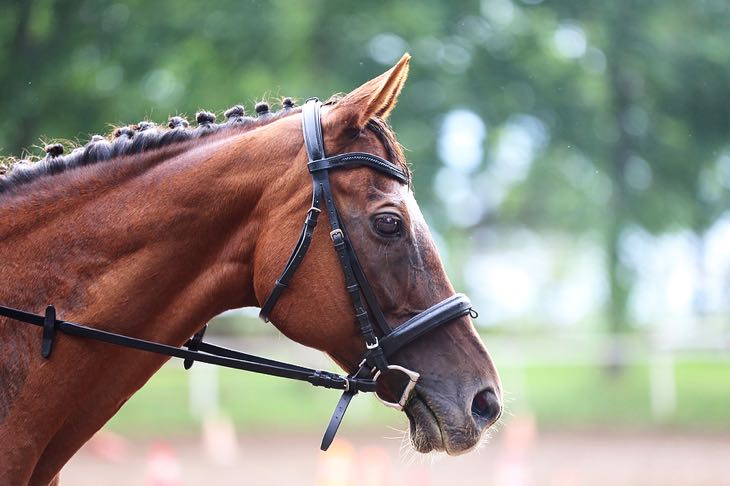
The Grand National is a race that often leads people to search the runes for some clues as to what might happen this year based on previous years. Does the fact that the average price for a favourite to actually win the National is 7/1 mean that you should bet on this year’s favourite because it’s priced at 7/1? The last three winners have had names starting with a B, so surely you should bet on BetOnMe?
There are some things that are worth thinking about when you’re looking at what bets to place, whilst other things are a little bit silly. The challenging nature of the race means that the age of the participating horses can be something of an important factor into their performance. The minimum age a horse can be is seven, with a rating of 120 or higher from the British Horseracing Authority also needed.
Age of the Horse
Though horses can take part at the age of seven, the truth is that that is still a little young and most of them entering at that age are doing so to gain some experience, rather than as a genuine chance of winning. Between the Second World War and 2019, the average age of a winning horse in the Grand National is 9.65. To put it another way, looking at horse that are aged nine or ten is a sensible way to go.
Indeed, 26 nine-year-olds won the race during that time period, which was easily the most common age for a winning horse. The age of a horse is also an important factor when looking at how much weight they’re being asked to carry. The older a horse is, the more it is likely to be able to cope with heavier weights, so finding a good combination of weight and age can help in identifying a possible winner.
Average Weight of the Horse
The average amount of weight carried by winners in each age bracket between the Second World War’s conclusion and 2019 is as follows:
- 8-year-olds: 10 stone 4 pounds
- 9-year-olds: 10 stone 4 pounds
- 10-year-olds: 10 stone 3.5 pounds
- 11-year-olds: 10 stone 2.5 pounds
- 12-year-olds: 10 stone 3 pounds
The implication is that older horses carrying slightly smaller weights than they might otherwise have expected to carry are liable to do better than expected. If you find a 9-year-old with 10 stone and 4 pounds or lighter assigned to it by the handicapper that is the favourite with odds of 10/1 or lower, they might just be worth a punt. Just as it’s unlikely that a grey or a female horse will win the race but they still might, so too those that tick the above boxes aren’t certain to win the race.
What Happens If Your Horse Falls?
The reason the Grand National is such an exciting race is that we never know how it’s going to go. For the best example of this, it’s worth remembering the story of Foinavon, who won the event in 1967 in such exciting fashion that he had one of the fence’s named after him. A 100/1 shot when the race got underway, he was well off the pace of the leaders as they reached the 23rd fence.
Being behind the pack would normally be a terrible place to be in a horse race, but in the National you just never know. There were 44 horses taking part in the event, with 28 of them still going when Becher’s Brook came into view for the second time. Popham Down and April Rose were both riderless and at the front of the back as they came to the fence, with Popham Down refusing to jump it and veering across the fence instead.
This led to a mass pileup, with horses crashing into each other, running up and down the fence and refusing to jump. Foinavon was far enough off the pack so as to be able to avoid it all, instead picking a path through the carnage and eventually making it home as the winner, seeing those that had backed it at 100/1 benefit from the disaster that struck at the 23rd fence, which was later named in Foinavon’s honour.
The Simple Answer: Your Bet Loses
The point of the story is that your horse is never out of the race when it comes to the Grand National, unless they’ve definitively fallen, been pulled up or unseated their rider. The flip side of that, of course, is that you could say that they’re never really in the race either. For those bettors that saw their horses fall, pull up or unseat their riders, the race was over and done with. They had lost their bet.
In answer to the question, ‘what happens if your horse falls?’, then, the simple answer is that your bet is a losing one. There’s no coming back from a fall in a race, even if the horse gets up and carries on racing without their rider.
The simple fact is that in order to win a race, the horse has to cross the finish line first with their jockey on their back and the jockey can’t have fully left the horse at any point. If they did then, sadly, your bet is a losing one.
Which Grand National Fences are the Trickiest?
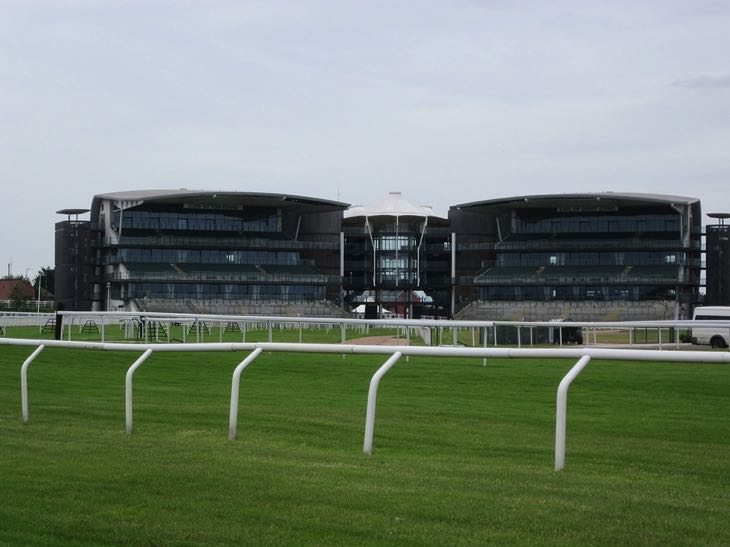
In terms of which fences are the most tricky for horses to negotiate, there are a number that tend to make the headlines. Here’s a look at the best known ones:
Becher’s Brook
Few fences in the world of horse racing are as well-known as Becher’s Brook. It’s a 4 foot, 10 inch fence with a brook of 5 foot and 6 inches on the land side, making it a drop fence.
It got its name when Captain Becher fell off his horse during the race and then hid in the brook to protect himself from the onrushing horses. Between 1984 and 2019, the fence caused 116 horses to fall, which is the most of any fence.
The Chair
The biggest fence on the racecourse, The Chair might have an intimidating name but it actually got it from the fact that it was at the halfway point and a steward used to sit in a chair at it to see when the horses had passed it.
Even so, it’s an impressive fence and is six foot tall but with a five foot, two inch drop on the landing side. Jumped just once, it was the cause of 38 falls between 1984 and 2019.
The Water Jump
The other fence that is only jumped once, the Water Jump is longer than it is high on account of the long water ditch. It is a fence that often takes horses by surprise because it comes relatively hot on the heels of The Chair.
It’s not the worst fence by any stretch of the imagination, with just seven horses falling at it between 1984 and 2019, but it is a fence that can ask questions of horses and jockeys alike.
The First
The first fence at the Grand National doubles up as the 17th on the second circuit. At four foot and six inches in height, it isn’t even close to being the most challenging fence that horses face during the race.
The thing about it that makes it such a challenge, however, is that horses often jump it together because it’s right at the start of the race. Indeed, it claimed 79 horses between 1984 and 2019, which is 9.66% of all fallers during that period.
